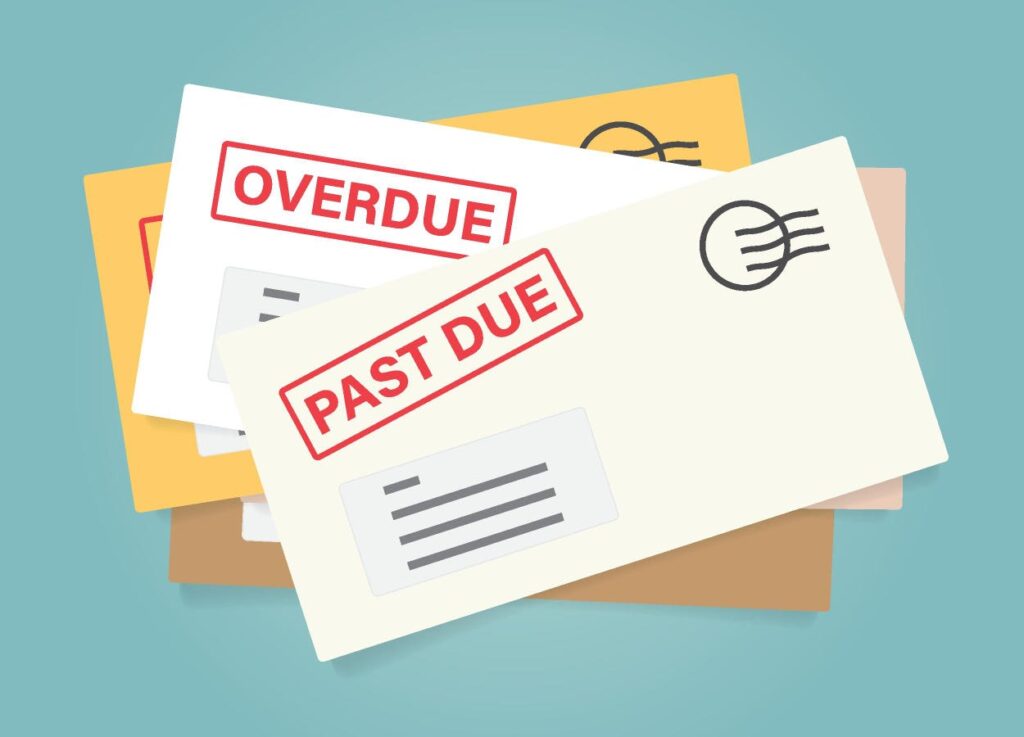As the cost of living rises and interest rates soar, many American consumers are feeling the pinch financially. A report from Bankrate indicates that nearly 40% of credit cardholders—specifically, 37%—have either maxed out their credit cards or are very close to doing so since the Federal Reserve began increasing rates in March 2022. This trend points to a significant strain on households, with most individuals who find themselves overextended attributing their financial difficulties to escalating prices and an overall increase in living expenses. The implications of these findings paint a sobering picture of consumer behavior as more individuals rely heavily on credit to manage everyday costs, reflecting a concerning shift in financial stability nationwide.
The anxiety surrounding credit card debt is at a level not seen since the early days of the COVID-19 pandemic. According to the September 2024 Survey of Consumer Expectations from the New York Federal Reserve, the probability that consumers perceive of missing a minimum debt payment has climbed for four consecutive months, reaching an average of 14.2%, the highest since January 2017. This growing trepidation about making payments reveals a broader trend where Americans are increasingly concerned about their financial obligations, signaling potential future delinquencies. Such feelings mirror the unease experienced during the pandemic, suggesting a possible return to similarly precarious financial terrains.
In the credit card industry, shifts are also occurring as Barclays is set to replace Goldman Sachs as the exclusive issuer of General Motors credit cards in the United States. This move signifies a strategic expansion for Barclays into the U.S. market and highlights Goldman Sachs’ retreat from consumer lending ventures, which has been part of a broader trend wherein traditional banks reassess their participation in competitive consumer finance arenas. The decision to switch issuers could lead to new rewards and incentives appealing to GM cardholders, but the full terms of the agreement remain undisclosed.
Expanding payment options for consumers usually results in a mixed bag. Apple recently made headlines for incorporating Klarna, a prominent buy now Pay Later (BNPL) service, into its Apple Pay platform. This addition follows the discontinuation of Apple’s own BNPL service launched in 2023. Klarna allows users to make purchases in four interest-free installments. While these services are gaining traction, studies suggest that they could lead to overspending, raising questions about their long-term impact on consumer financial health. Klarna joins Affirm in Apple’s payment options, presenting users with varied choices for financing their purchases through technology, but with potential risks.
Understanding credit card agreements can be tricky due to the fine print that accompanies various offers and benefits. Highlights of common benefits—including welcome offers, grace periods, rewards structures, annual percentage rates (APR), and various fees—can often be misinterpreted, leading consumers to make uninformed decisions about their credit usage. Awareness and thorough investigation of these features can empower cardholders to navigate their options more effectively, maximizing rewards while minimizing costs.
In line with the increasing technological integration within the financial sector, Mastercard has introduced a new tool designed to verify cardholders’ identities more seamlessly. This initiative, bolstered by industry advancements, simplifies the verification process by utilizing existing payment card technology to validate user identities while preserving privacy. At the same time, Google Wallet continues its expansion by adding support for 17 new banks, allowing users to incorporate a more extensive range of cards as they transition towards a cashless and streamlined payment experience. Despite these technological advancements, some users might still prefer to carry physical documentation, such as ID cards, to ensure they remain prepared for any situation. Meanwhile, the discussion around the necessity of signatures for credit transactions raises intriguing questions about how traditional forms of verification have evolved with electronic payments and changing consumer habits. The elimination of signature requirements for various transactions highlights a transformative shift in how consumers engage with their finances, paving the way for more efficient digital transactions.

